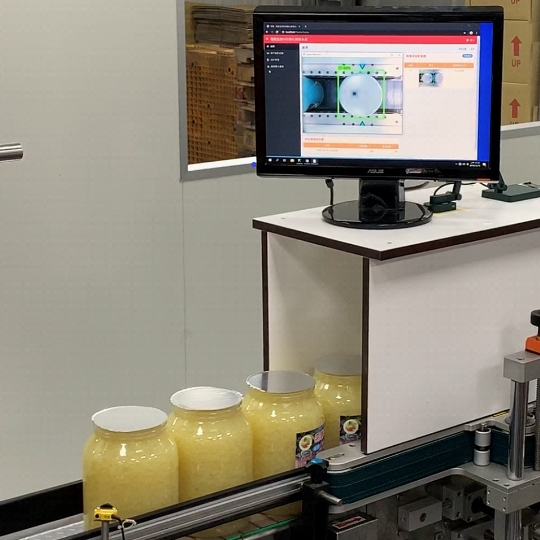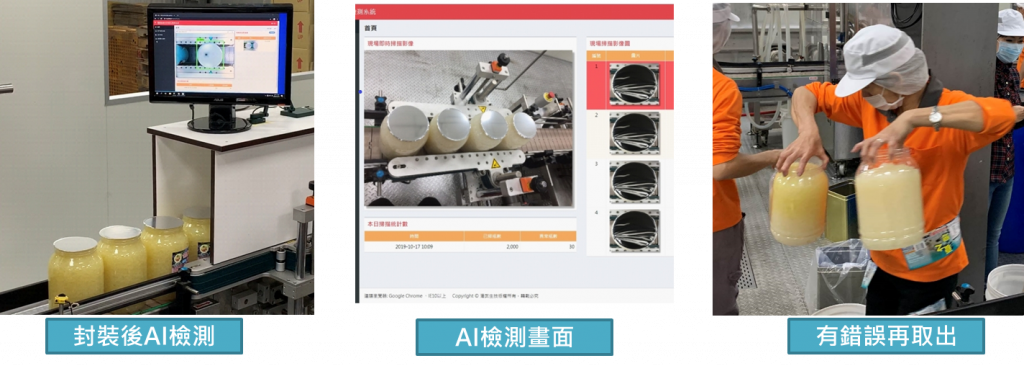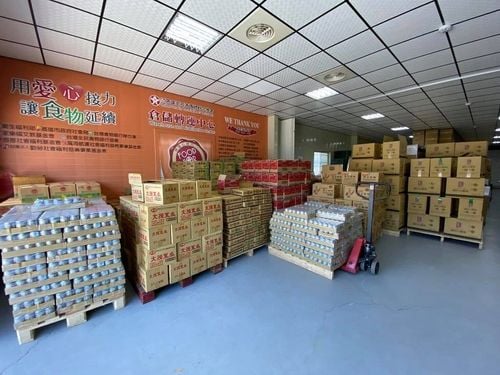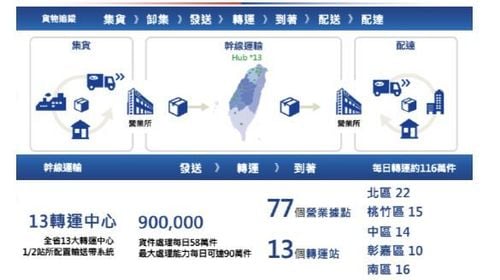【2020 Application Example】 AI Can Sealing Film Inspection System Improves Product Shipment Yield and Ensures Food Safety
Traditional manufacturing quality control relies on visual inspection, which damages both quality and goodwill
According to research of the International Data Corporation (IDC), 25% of Taiwan's manufacturing companies adopted artificial intelligence (AI) in 2018. The companies mainly focus on two needs, one is quality testing, and the other is predictive maintenance of equipment.
However, in many traditional manufacturing industries, finished products from the production line are still manually inspected. The problem with manual inspection is that long working hours and eye fatigue often result in inconsistent quality, and the shipment of defective products with miniscule defects that cannot be identified with the naked eye results in compensation of damages and damage to goodwill.
Poor sealing film can have a massive impact
For a domestic coconut jelly product manufacturer, in the coconut jelly product manufacturing process, sampling inspection of the integrity of product sealing film is conducted manually, but the coverage of sampling inspections is 2.5% due to human resource arrangements and fast production line speeds. If a product with poor sealing film is shipped, it will not only cause damage to the single can of product, but also contaminate products in the same box and transportation vehicle, and attract mosquitoes and flies, causing overall hazards and affecting goodwill. In addition, since the product is a highly concentrated processed food, if products with poor sealing film are not detected and the buyer does not inspect the products after shipment, it might cause a food safety crisis with huge consequences!
Therefore, the "AI quality control inspection solution" not only improves inspection coverage, but also hopes that the AI system can accurately pick out products with defective seals, reducing the chance of defective products being shipped and subsequent food safety issues.
Smart sealing yield inspection, comprehensive review

▲Schematic diagram of sealing film recognition system
ZeroDimension Tech Co., Ltd. combined its know-how in image-related AI systems with the system integration know-how of another well-known system integrator in the industry to jointly develop a "smart factory sealing yield inspection system," which was integrated and implemented in the process of coconut jelly manufacturers, increasing the coverage of product seal inspection.
Before utilizing the capabilities of AI, the original production line produced 100 boxes (about 600 cans) with a yield of 95%, meaning that there are about 30 defective cans. However, since the inspection coverage was only 2.5%, only 1 defective can was detected. However, after utilizing AI for inspection, the inspection coverage rate increased to 96%, meaning that about 28 defective cans can be detected, greatly increasing the detection rate of defective products, thereby reducing potential losses in the future.
Whether it adds value as an add-on or is built-in, it can provide solutions for the industry

▲Schematic diagram of inspection service process
This sealing film inspection system service framework can be implemented into the quality control inspection of other similar inspection processes in the form of an add-on in the future, such as: integrated into the film sealing production process of beverage factories and other canned products. It can also integrate software and hardware with sealing machine hardware manufacturers to add value to sealing machines using the build-in model, providing the industry with total solutions.


